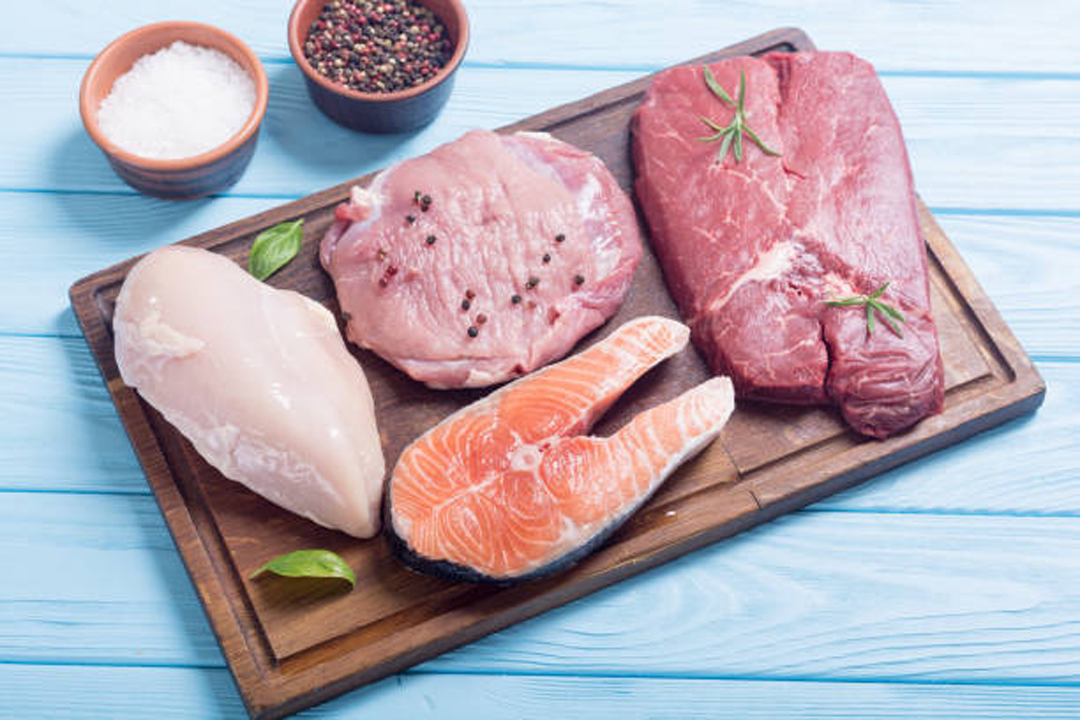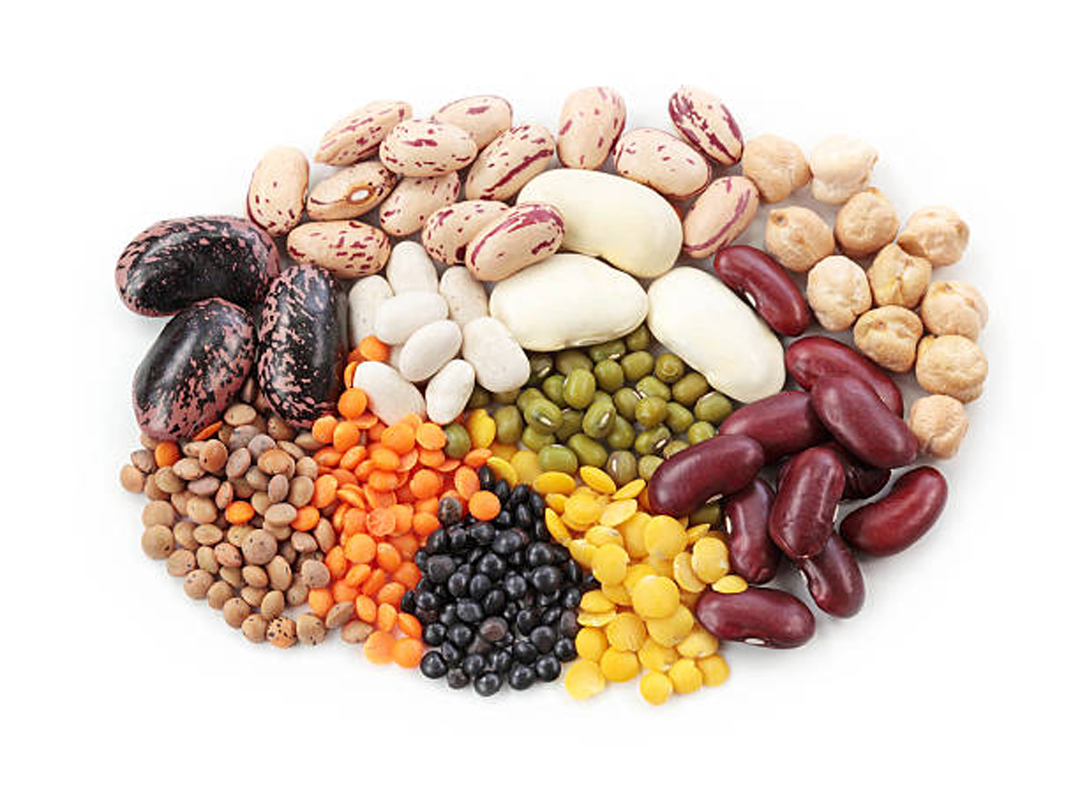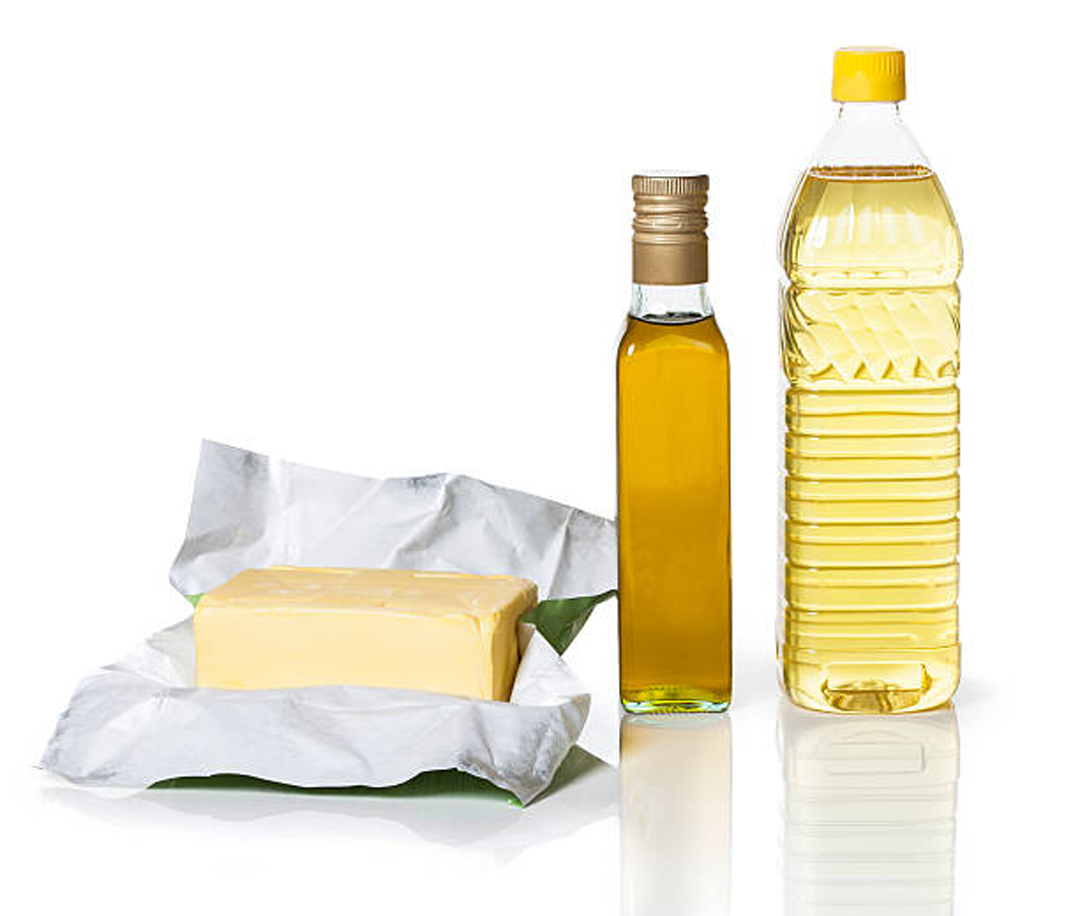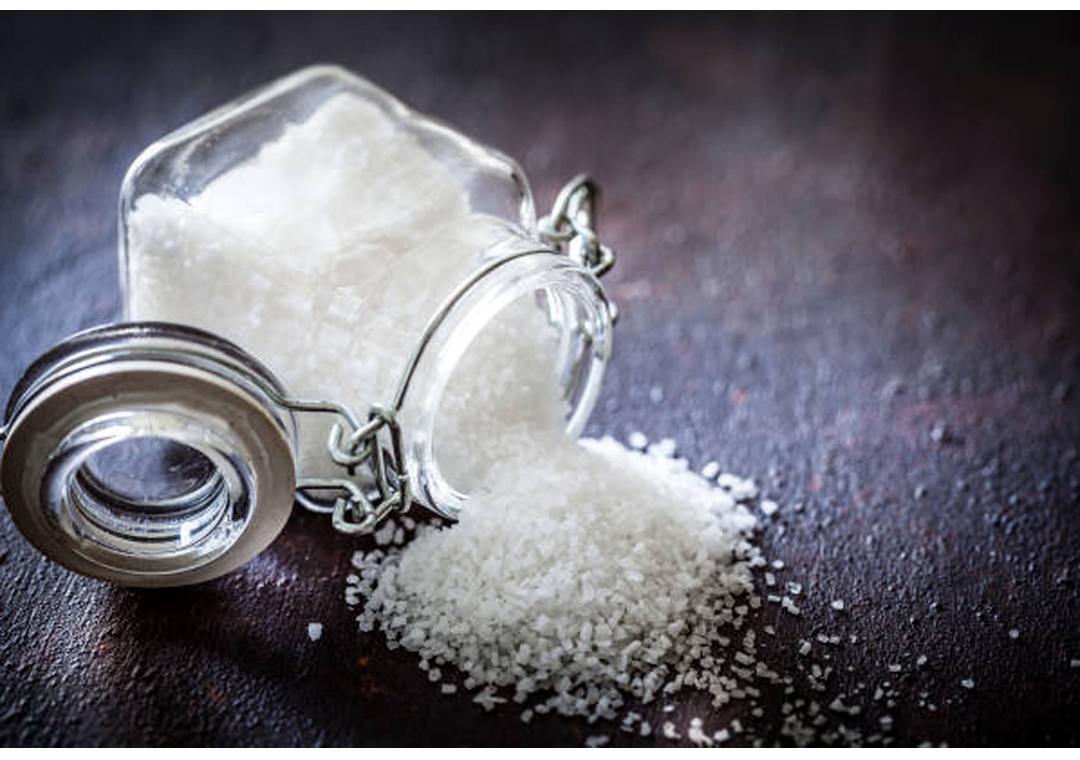DASH, vegetarian, and vegan diets for the prevention and management of high blood pressure all share some common elements, and the healthful characteristics of those elements are important for you to appreciate so you can better realize just how much food impacts your blood pressure and related health issues.
Grains
Grains are an important source of carbohydrates (energy food), fiber, and nutrients, while also being low in fat. The 2010 Dietary Guidelines for Americans recommend that everyone include whole grains in at least half of their grain choices. Why? Whole grains and cereals retain nutrients that are stripped away during processing. Unrefined grains keep their bran and germ and at the same time are a better source of fiber and minerals that are important for high blood pressure, including potassium and magnesium. Therefore, choose brown rice over white rice, unmilled oatmeal over processed brands, and whole wheat pasta over white pasta.
What about fortified or enriched grains? This means the food manufacturer has added back some of the nutrients but not the fiber that were lost during processing. The added nutrients also are not the natural ones found in the unrefined food. Enriched grains can be important for people who choose a vegetarian or vegan diet, but if you eat whole grains you don’t need to worry about enriched foods.
How should you shop for grains? Don’t let the marketing terminology fool you. The words “‘stone-ground” and “seven grain” sound impressive, right? But what do they mean? The only way to know if you are buying a whole grain product is to check the ingredient panel on the food. If the first ingredient is whole grain (such as “whole wheat” or “whole barley’), stone-ground whole (grain or cereal name), whole (grain or cereal name), oats, oatmeal, or brown rice, then you probably have a whole grain product. But if the label says “enriched flour” or “fortified flour” or “bran,” then you don’t.
Here are some tips on how to boost the amount of whole grains in your diet:
- Look for whole grain products when you shop: brown rice rather than white rice, whole wheat bread rather than white bread, whole wheat pasta rather than white pasta.
- Order brown instead of white rice at a restaurant.
- Add barley, buckwheat, or couscous to your recipes or use as a side dish instead of white rice.
- Choose unmilled oatmeal or whole grain cereals for breakfast.
- Select whole grain flours and mixes for pancakes and muffins when shopping.
- Try air-popped popcorn for a snack (skip the butter and salt and try spray-on oil and powdered herbs).
- Choose whole grain breads, pitas, bagels, and rolls.
Low-Fat, No-Fat Dairy
If dairy is part of your dietary plan, choose fat-free (skim) or low-fat (1 percent) milk, buttermilk, cheeses, and yogurt. While dairy foods are a major source of protein and calcium, vegans and vegetarians who choose to skip dairy foods can still get plenty of protein and calcium from fortified soy- and grain-based dairy alter- natives. Dairy foods also are often fortified with vitamin D, and since many people are deficient in this vitamin, fortified foods can help.
Meats, Fish, and Poultry

The inclusion of meat and poultry in the DASH approach emphasizes lean meats. You should trim off any visible fat, remove the skin from poultry, and prepare meats, fish, and poultry by broiling, roasting, or poaching. Meats and poultry are a significant source of protein and magnesium, which are important for blood pressure.
Eggs are also included in this category. Because egg yolks are high in cholesterol, DASH recommends limiting intake to no more than four yolks per week, but your doctor may have a different recommendation.
Those who choose a vegetarian or vegan eating plan could probably include any plant-based faux meats in this category, such as the many “fake” burgers, hot dogs, chicken strips, ground beef, and other plant-based faux meat products. These foods are typically moderate to high in protein, low in fat and free of cholesterol and provide fiber and a variety of nutrients. Whether you want to classify such foods as “meat” or consider them to be in the legume category (which is where they are usually placed), be sure to give them a try!
One advantage of eating fish (at least certain fish) is their omega-3 content. Omega-3 fatty acids are a type of polyunsaturated fatty acid that has been shown to protect the heart and help lower blood pressure, cholesterol, and triglycerides. The two main omega-3 fatty acids are docohexaenoic acid (DHA) and eicosapentanoic acid (EPA), that are found mostly in cold-water fatty fish tuna, herring, salmon, mackerel and sardines. These omega-3s appear to reduce blood pressure by lowering the resistance to blood flow surges, which in turn promotes healthy, flexible arteries and a better blood pressure. In addition, omega-3s help prevent the development of blood clots, lower heart rate, and reduce triglyceride levels, all of which benefit the cardiovascular system.
The American Heart Association recommends, and numerous research studies support, eating fish rich in omega-3s twice a week. This fits in nicely with the DASH diet but obviously not with a vegetarian or vegan approach. However, omega-3 fatty acid supplements (see chapter 6) can be added to these diets to promote better blood pressure management. If you want to avoid fish oils altogether, there are DHA supplements prepared from algae shown to be effective as well.
Nuts and Seeds
If you choose a vegetarian or vegan eating plan, you will likely depend on this category more than if you select DASH. However, in either case, both nuts and seeds tend to be nutrient dense but also a bit high in calories. Therefore, you should choose wisely from this category, picking dry roasted and unsalted varieties. Among some of those healthful choices are the following:
Pistachios
1 ounce of unsalted pistachios contains only 3 mg of sodium, 295 mg of potassium, 34 mg of magnesium, 3 grams of fiber, and a mere 1.5 grams of saturated fat.
Almonds
1 ounce provides only 1 gram of saturated fat, 200 mg of potassium, 76 mg of magnesium, and 4 grams of fiber.
Hazelnuts (also called filberts)
Although these nuts are a bit higher in total fat, only 1.5 g per ounce is saturated fat. One ounce of hazelnuts also provides 46 mg of magnesium, 193 mg of potassium, and 3 g of fiber.
Legumes

Legumes include beans, soybeans, peas, lentils, and peanuts. These high-protein foods are a great alternative for meat in the DASH diet, and they also provide an excellent amount of fiber and are low to moderate in fat and free of cholesterol, unlike most animal protein sources. Other nutrients in legumes include calcium, foliate, iron, selenium, and zinc. If you also have diabetes, legumes are low on the glycemic index and have a low glycemic load. Other benefits of legumes are low cost, ease of preparation, the lots of different ways to enjoy them, ranging from soups to sandwich spreads, salads, burgers, casseroles, and sauces.
Here are some tips on how to include more legumes in your diet.
- Substitute beans and other legumes for meat or dairy whenever possible. For example, try a three bean chili (no meat), add lentils instead of meatballs to pasta sauce, and make a bean spread instead of egg salad for a sandwich or pita stuffing, or try a bean burger instead of a beef burger.
- Learn to love legumes by trying them in soups. Either add lentils, peas, or beans to one of your favorite soups (e.g., minestrone, tomato) or make a bean soup. (Note: if you use a canned soup, look for low-sodium varieties)
- Make bean dips or hummus and eat them with fresh-cut veggies.
- Keep a variety of canned (low-sodium) beans on hand for a quick meal.
- Try a variety of beans. Different beans have different textures and flavors. A chili with chickpeas and black beans will taste different from one that contains lentils and kidney beans.
- Experiment with a new legume every week.
Fruits and Vegetables
Fruits and vegetables harbor a class of nutrients known as polyphenols, which are known, among other things, for their antioxidant properties. Among the many different types of polyphenols found in fruits and vegetables are flavones, flavonols, stilbenes, catechins, and isoflavones, among others, which have been shown to have a positive effect on blood pressure.
While it is possible to extract specific polyphenols from foods and nicely package them in tablets, powders, teas, extracts, and capsules, the optimal way to get your vitamins, minerals, polyphenols, and other nutrients is from whole, natural foods. One reason is that whole fruits and vegetables provide the whole enchilada: a natural package of nutrients that work synergistically in ways that often still baffle scientists.
However, researchers are hot on the trail of discovering how and why the basic chemical factors of polyphenols and other phytonutrients (“phyto” means “plant’”) have an impact on blood pressure and other bodily functions. Among the hypotheses being considered is one that says polyphenols regulate the body’s ability to access and use (a characteristic known as bioavailability) nitric oxide. Nitric oxide is an important substance to remember when talking about blood pressure, because it has an impact on endothelial function, which in turn affects blood pressure.
Vegetables and fruits are also rich in potassium, which has already been mentioned as having a significant role in reducing blood pressure. Another important nutrient in fruits and vegetables is folic acid. The Nurses’ Health Study found that women who ate the greatest amounts of foliate from their diet and from supplements (at least 1,000 micrograms daily) had only one-third the risk for developing high blood pressure as did women who consumed less than 200 micrograms daily.
Fats and Oils

This category includes butter, margarine, salad dressings, and vegetable oils. These foods certainly can be a part of your menu, but choose the healthier options and use them in limited amounts. Suggested vegetable oils include those highest in monounsaturated fat, including olive, safflower, canola, almond, and soybean oils. If you like salad dressings, select low-fat, low-sodium brands and use them sparingly. Along with your healthy oils, choose fresh and dried herbs and spices to perk up your salads, vegetables, and other dishes.
Sugar and High Blood Pressure
Lots of other diets warn you to limit or avoid intake of sugar and sugary foods, and so similar advice can be levied concerning the prevention and management of high blood pressure. Let’s back it up with a few examples, with one coming from the University Of Colorado Health Sciences Center concerning fructose. Fructose is a sugar and a component of all major sweeteners that have calories, including sucrose, honey, fruit juice concentrates, and high-fructose corn syrup. Since people in industrialized nations have been consuming an increasing amount of fructose in recent years and blood pressures have been rising as well, a research team decided to explore the possibility of a relationship between the two. Here’s what they found.
First they analyzed data from 4,528 adults without a history of hypertension, and part of that data included dietary information about soft drink consumption. After the team made adjustments for factors such as physical activity, total calorie intake, use of vitamin C, and the presence of health conditions, they determined that people who consumed 74 grams or more of fructose daily in the form of added sugar (e.g., soft drinks, candy) had a significantly greater chance of developing high blood pressure.
Experts also suggest sucrose (common table sugar) may Cause a rise in blood pressure because it increases the production of adrenaline, which in turn causes blood vessels to constrict and the retention of sodium.
Then there is the concept of the “fructose hypothesis,” which is basically the idea that fructose plays a role in high blood pressure, cardiovascular disease, diabetes, and cancer. The debate is ongoing, as is the research, but face it: while a small amount of sugar is likely not going to cause any significant health problems, the healthiest route is to avoid or limit added sugars and enjoy the natural sweetness of whole foods.
Salt
I have already mentioned that salt (sodium) intake is associated with high blood pressure. Although everyone has his or her own level of salt sensitivity, the bottom line is that most people consume more sodium than the body needs to function optimally. According to the guidelines released by the U.S. Department of Agriculture in 2011, no one should consume more than 2,300 milligrams of salt per day. Anyone who is 51 years or older, is African-American, or has high blood pressure, chronic kidney disease, or diabetes should not take in more than 1,500 milligrams daily.
The organs responsible for balancing salt content in the body are the kidneys. If your sodium levels drop too low (e.g., if you are sweating excessively or you have been vomiting), the kidneys retain sodium. When sodium levels are high, the kidneys eliminate sodium in urine.
That’s what should happen, but sometimes the kidneys can’t get rid of enough sodium, so it builds up in the blood. Sodium attracts water from the blood, which then causes blood volume to increase and triggers the heart to work harder, which then increases blood pressure.

One teaspoon of salt contains 2,325 milligrams of sodium, which is the limit for many people and far too much for many others. It’s the hidden sodium in processed foods that can be most worrisome, so the best ways to monitor your salt intake are to:
- Eat natural, fresh foods as much as possible.
- Read food labels for the sodium content. Pay attention to the amount of mg of sodium per serving. Foods are considered to be “low sodium” if they contain 140 mg or less sodium per servings. “No sodium” means less than 5 mg per serving.
- If you do eat processed foods, look for those marked as “low” or “no sodium,” but always check the ingredient panel to be sure.
- Rinse your food. If you can’t find a low-sodium version of a canned vegetable or beans, you can rinse the food with water before using it. Naturally, this does not work with all canned foods!
- Try seasoning alternatives. Instead of salt, try fresh or dried herbs or spices, lemon juice, or salt substitutes.
- Taste before you season. Some people tend to put salt on their food even before they taste it. Taste your food, especially items you have not prepared yourself, before you season it.
- When eating out, ask how food has been prepared. You will want items that are made without added salt. The same goes for condiments, dressings, and sauces. Ask the wait staff for no-salt or low salt condiments or bring your own from home with you.
Salt Alternatives
How can you jazz up your food without adding salt? Here are some suggestions. A few of them are low-sodium versions of typically eh at tome
- Monounsaturated oils, such as olive oil and canola oil
- White, red wine, balsamic, and flavored vinegars
- Low-sodium salsas
- Dash
- Mustards
- Lemon pepper
- Pepper
- A wide variety of fresh and dried herbs and spices
- Garlic
- Tabasco sauce e Lemon or lime juice
- Brown mustard sauce
Natural, fresh fruits and vegetables, legumes, nuts, seeds, and grains contain very little sodium. Nature has packaged these foods with just the right amount of salt. However, refined and processed foods are typically brimming with added salt, both for taste and for preservation purposes. For example, an apple and a banana each contain about 1 milligram sodium, while one ounce of American cheese contains more than 400 milligrams and one cup of low-fat cottage cheese contains more than 900 milligrams. When shopping for groceries, always read the labels for sodium content.







